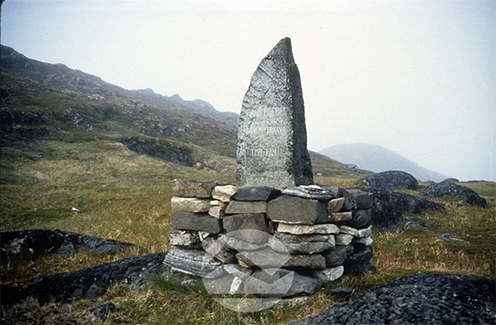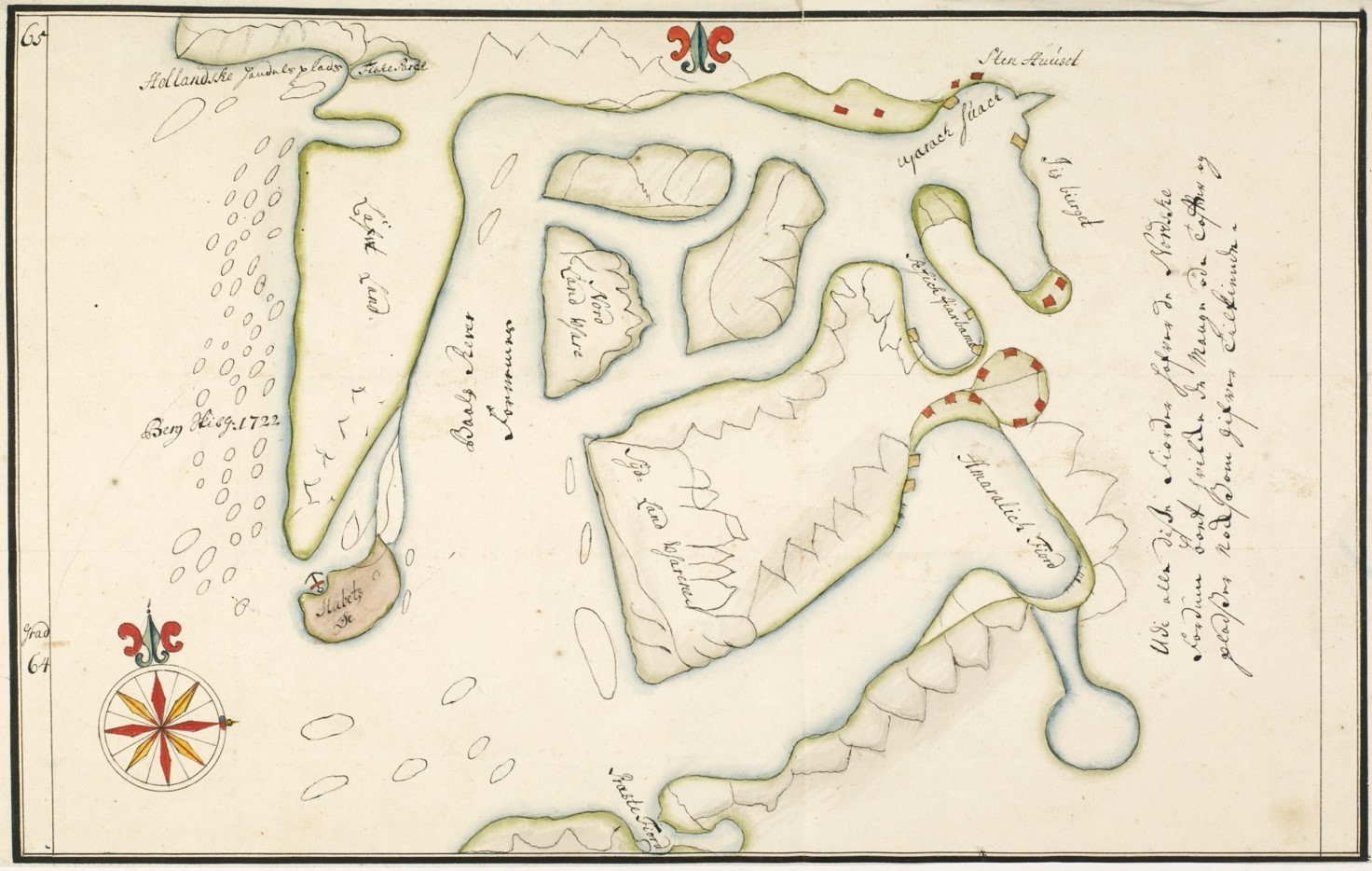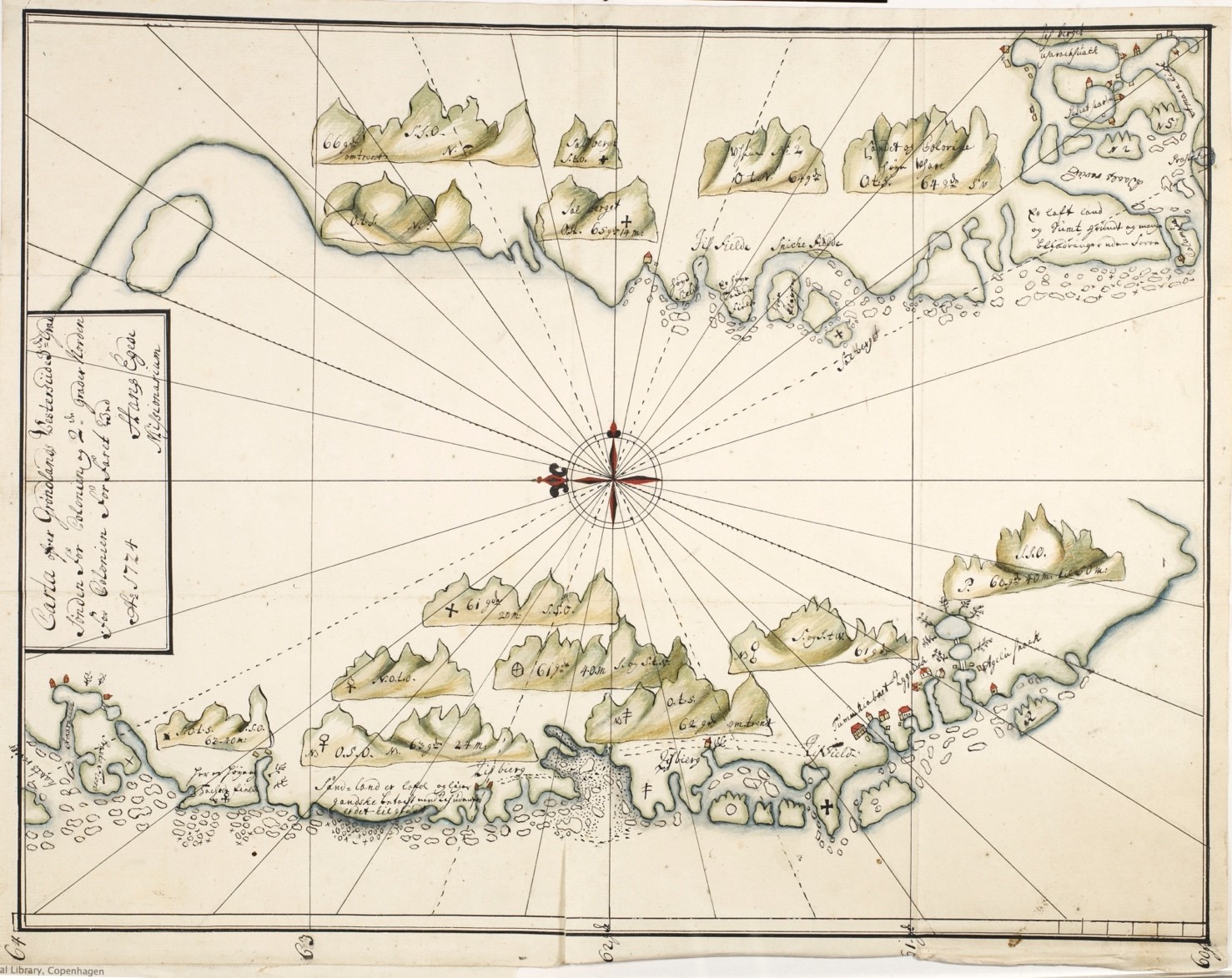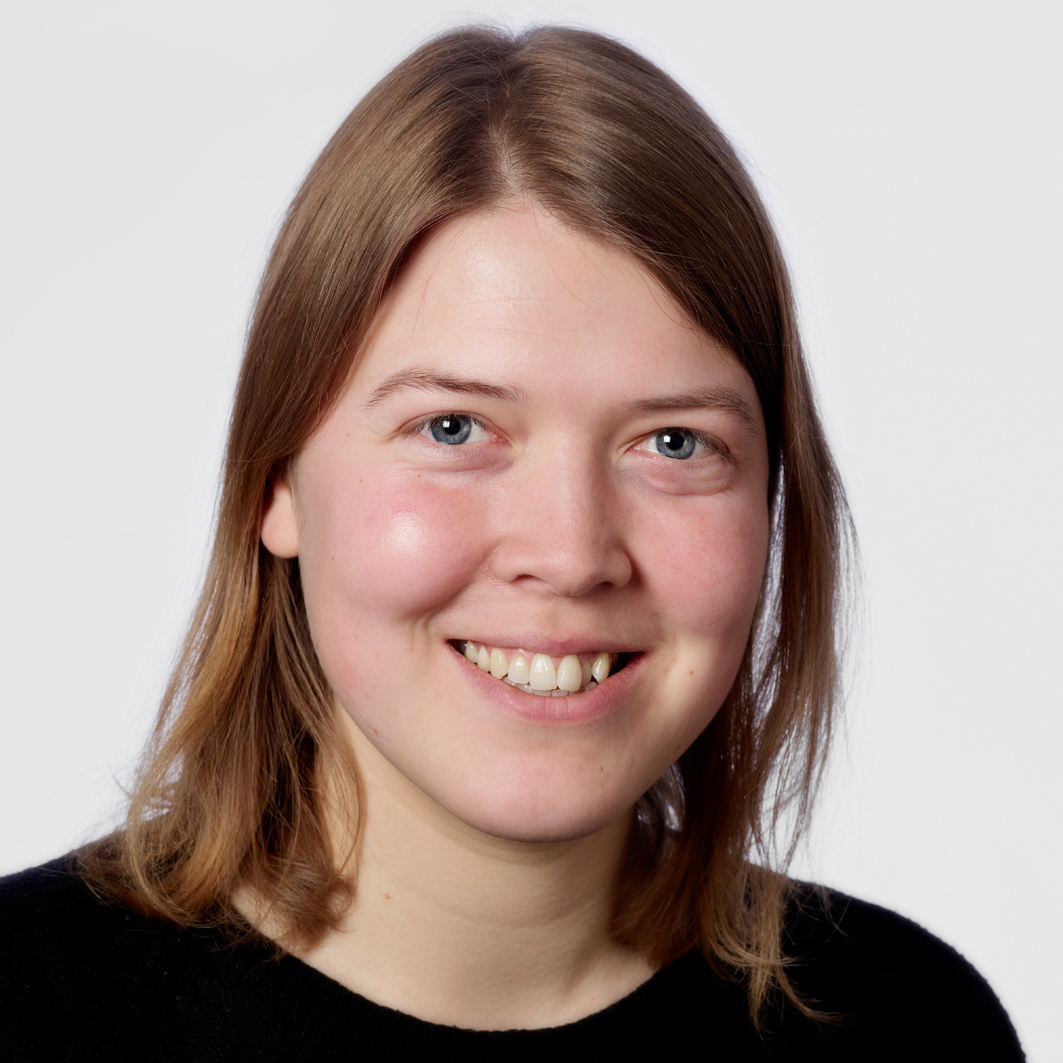Haabetz Colonie – the first colony in Greenland
On July 3rd 1721 Hans Egede and his family, together with the crews of the two ships Haabet and Anne Christine, reached their destination on the west coast of Greenland. July 2021 thus marked the 300th anniversary of the Dano-Norwegian re-colonisation of Greenland and that is why this article is dealing with the tendencies displayed in the naming of the first colonies there.

When Hans Egede, his family and the rest of the crews of Haabet and Anne Christine came to their destination on 3rd July 1721 along the west coast of Greenland, they searched for a suitable site on which to settle. The site they selected was an island far out in Nuup Kangerlua, which Hans Egede and other European travellers knew as Baals Revier and later again it was called Godthåb Fjordkompleks and Nuuk Fjordkompleks – or just Godthåb Fjord/Nuuk Fjord.
It seems obvious that Haabets Øe was named after the ship Haabet, which was the one of the two ships on which Egede and his family had sailed and which brought them and the crews safe into harbour. The motivation for the choice of name was not actually indicated precisely in contemporary sources but that it should have been a case of naming after the ship is not inconceivable.
Contributory to the story is the fact that the ships had suddenly found themselves in a serious situation after they had rounded Statenhuck (Nunap Isua/Kap Farvel), and that the crews and the whole Egede family feared for their lives. There may therefore have been a more emotional gratitude for their having finally reached their destination safely. Egede may also have thought that the very symbolic nature of the name given to their first colony might ensure him and the first colonisers a good start on their work of missionising and trading. If nothing else, they always had the hope!
An infectious hope
"The first colonisers had obviously need for hope”, writes Robert Petersen in his article in the anthology Stednavne i brug (1985). With this comment Petersen refers to the Dano-Norwegian colonisers' tendency to name the recently founded colonies along the long west coast of Greenland with the suffix -håb 'hope'. Hans Egede therefore created a form of precedence, when he chose to call the first colony Håbets Koloni. In four instances of the first six established colonies the word håb forms part of the name: Håbets Koloni (1721), Godthåb (1728), Christianshåb (1734) and Frederikshåb (1742).
The two other established colonies were given the names Nipisat (1724) and Jakobshavn (1741). From a technical point of view there is a seventh colony that belongs to the first group but this was actually established by the Hussite Unity of Brethren which also came early to the west coast of Germany to missionise. They established their first colony in 1733 under the name Neu Herrnhut and this was placed a few kilometres away from the Dano-Norwegian colony Godthåb. Altogether there were five colonies with names ending in -håb. The last of which was Julianehåb, which was first established in 1774.
The colony on Håbets Ø had only been considered as a temporary settlement and in the following years the neighbouring area and the whole large fjord-region were examined to find a more suitable site for establishing a colony. Before they had got that far (seven years passed by after 1721 before the colony was finally moved to the site that is today called Nuuk) the colony Nepisene (Nipisat) was established near to what is today the town of Sisimiut.
Nepisene – the second colony in Greenland
The colony Nepisene (hereafter Nipisat) was founded on the island Nipisat in 1724 approximately 300 kilometres north of Håbets Ø. It was established as a whaling station and trading station but the plan was to also carry out missionary work. The colony took its name from the island on which it was constructed and it is rather strange that the name should be Greenlandic. Why should the name of the king and the Dano-Norwegian presence there not be ensured by giving the place the name of the king, as was otherwise the case with many later colonies in Greenland?
The choice to give (or retain) a Greenlandic name to a Dano-Norwegian colony turns out not to be unique for Nipisat in 18th century Greenland. Altogether five newly established colonies in this period were given names of Greenlandic origin. In addition to Nepisene/Nipisat there are Nuussuaq (1758), Amerloq (1759), Uummannaq (1761) and Upernavik (1772). In addition the Dano-Norwegian mission and trading administration retained a long line of Greenlandic names of fiords and settlements.

In the first year on Håbets Ø Hans Egede drew two detailed maps of the surroundings. It has later been pointed out that the maps were probably not based on Egede's own observations but rather on maps he had brought with him. What is interesting about them in this connection is, however, not where the information came from but which place-names Egede chose to include on his map. True enough there are a couple of Dano-Norwegian names (Håbets Ø and Præstefjorden) but apart from topographical annotations and references to Dutch harbours the rest of the place-names are Greenlandic, for example the fiords within Baals Revier, Ujaracksuak and Pesickfiarbarne.

Hans Egede and the other Dano-Norwegian colonisers came to an overwhelming country which in the phase of establishment it was impossible to conquer. Egede and the other cartographers had been dependent on all the information they could gather from maps they had brought with them but also from the local population, which had of course been an essential reason for the presence of the Dano-Norwegians.
The Greenlanders were the product
The colonization of Greenland had naturally also been concerned with sovereignty in the North Atlantic and the Dano-Norwegian king's demands and the monopoly over trade and particularly whaling in the area. However, on account of the country's being so relatively difficult to get to, colonization ended by dealing particularly with the Greenlanders themselves; they were the ultimate product. They were the reason why Egede had a mission in the country and they were crucial for the success of the trading companies, for they were the experts at catching the commercial commodities.
The use of place-names and particularly those of Greenlandic origin should be seen in this light. Communication with the local inhabitants was crucial for success both in missionary work and trade and not least when the problem was to find the way around this great land with the many fiords.
At the beginning of the colonization period with the use of Greenlandic place-names it had not been a priority to come to rule the inhabitants with the aid of the Danish language. On the contrary, it was first and foremost one of the principals of the Lutheran mission to work with the mother tongue, so for Egede it was urgent to learn the Greenlandic language. It can therefore also be assumed that it would have been natural to employ Greenlandic place-names in the areas where the Greenlanders lived. On the map of Baals Revier it is thus the innermost fiords in the region, where there are also indicated settlements with Greenlandic names.
With respect to trading, the use of Greenlandic names can also be seen as a dependence on the use of the local inhabitants. The colony Nipisat was placed on the island whose name incidentally means ‘the lumpsuckers', because of favourable conditions for whaling, but also because there are good possibilities for trading with the local inhabitants. The use of Greenlandic place-names at the beginning of the colonization of Greenland can be interpreted as an acknowledgement that the colonisers recognized their dependence on the local inhabitants.
This is to say that this is not to be read as a tribute but rather as a pragmatical way of treating the country and its inhabitants, as well as an economical strategy. A strategy that is based on access to the expert knowledge of the Greenlanders in respect to the best hunting-grounds and hunting methods
Ivalu Lidsmoes
Contact
 Ivalu Lidsmoes wrote her History thesis at UCPH on the Danish colonies in Greenland between 1834 and 1901.
Ivalu Lidsmoes wrote her History thesis at UCPH on the Danish colonies in Greenland between 1834 and 1901.
E-mail: ivalulidsmoes@hum.ku.dk
References
Bobé, Louis: Hans Egede og Grønland. København: Bianco Lunos Bogtrykkeri, 1941.
Gulløv, Hans Christian, red.: Grønland, Den Arktiske Koloni. Danmark Og Kolonierne. København: Gads Forlag, 2017.
Manniche, Jens Christian: Sprogbeherskelse og herskersprog: om sprog og kolonialisme i Grønland i 1800-tallet. In: Arbejdspapirer, vol. 12. Århus: Aarhus Universitet, Historisk Institut, 2002.
Petersen, Robert: Danske Stednavne I Grønland. In: Stednavne I Brug, Festskrift Udgivet I Anledning Af Stednavneudvalgets 75 års Jubilæum, edited by Bent Jørgensen, 228–38. København: C. A. Reitzels Forlag, 1985.
